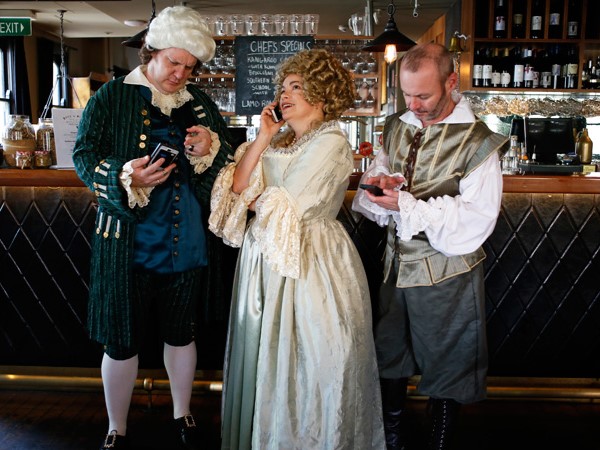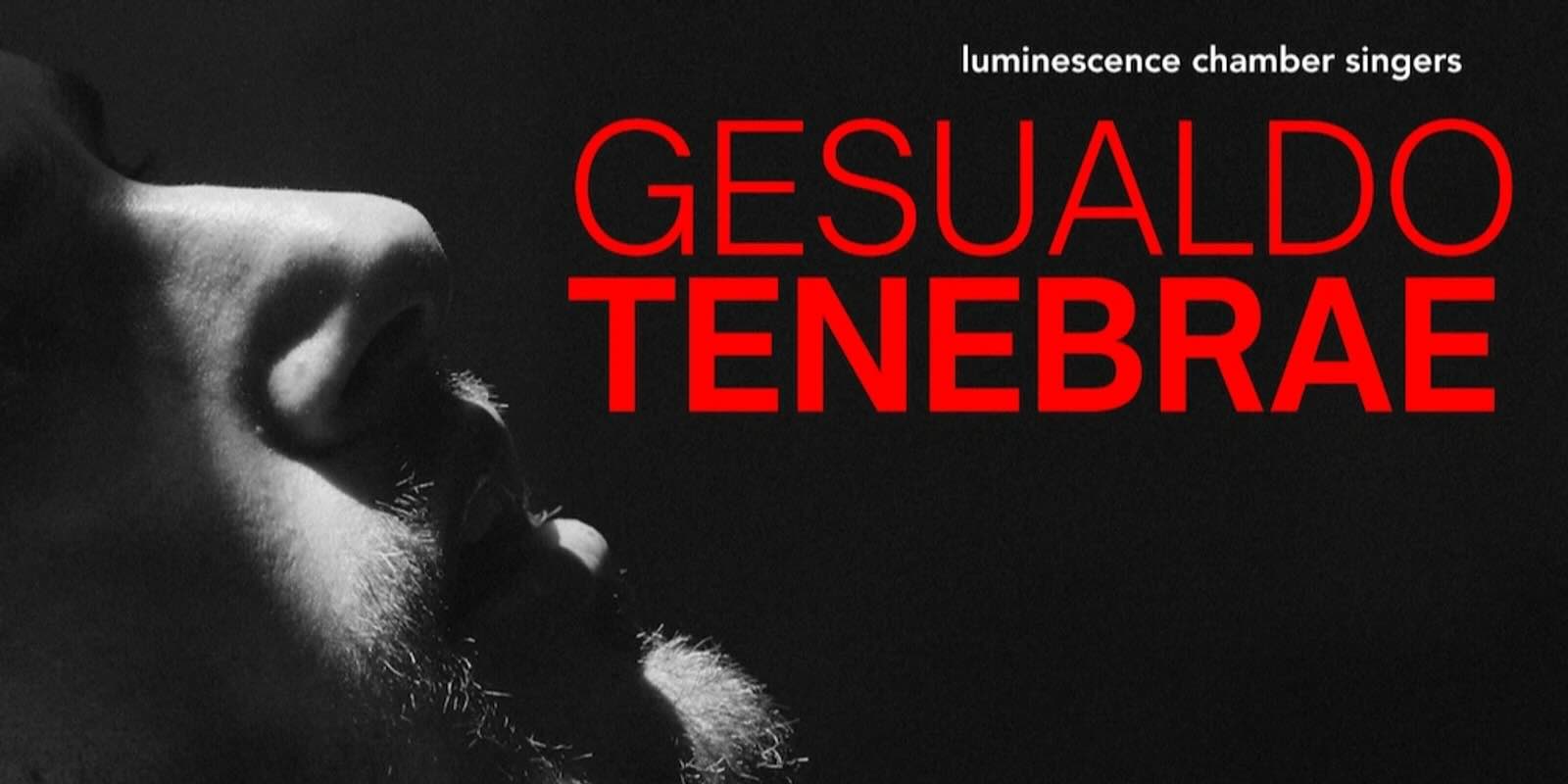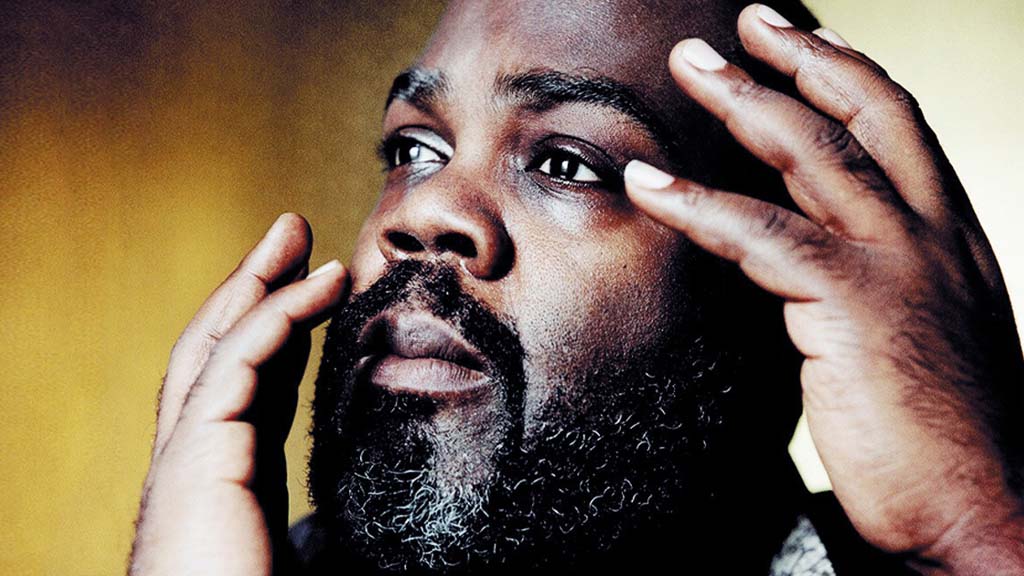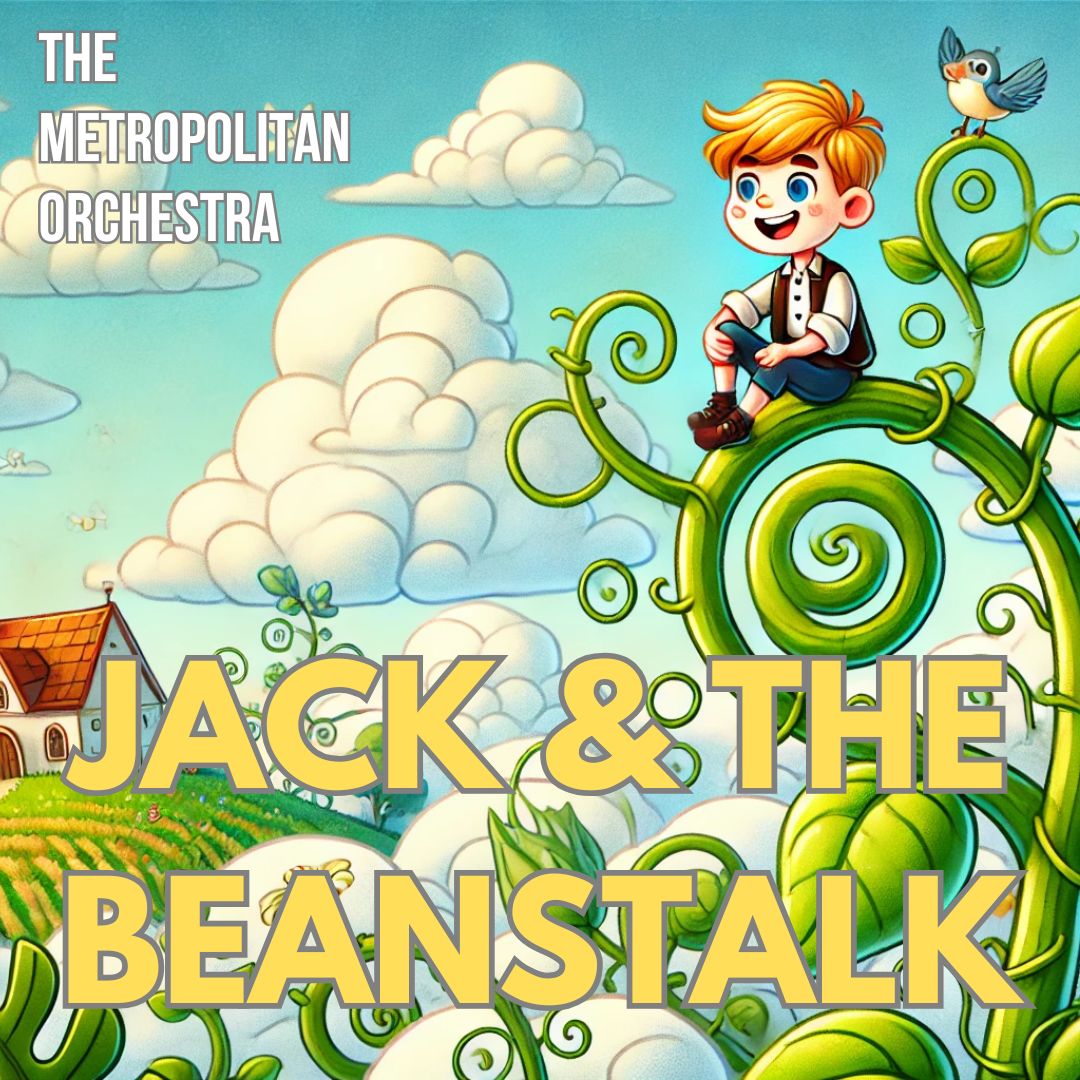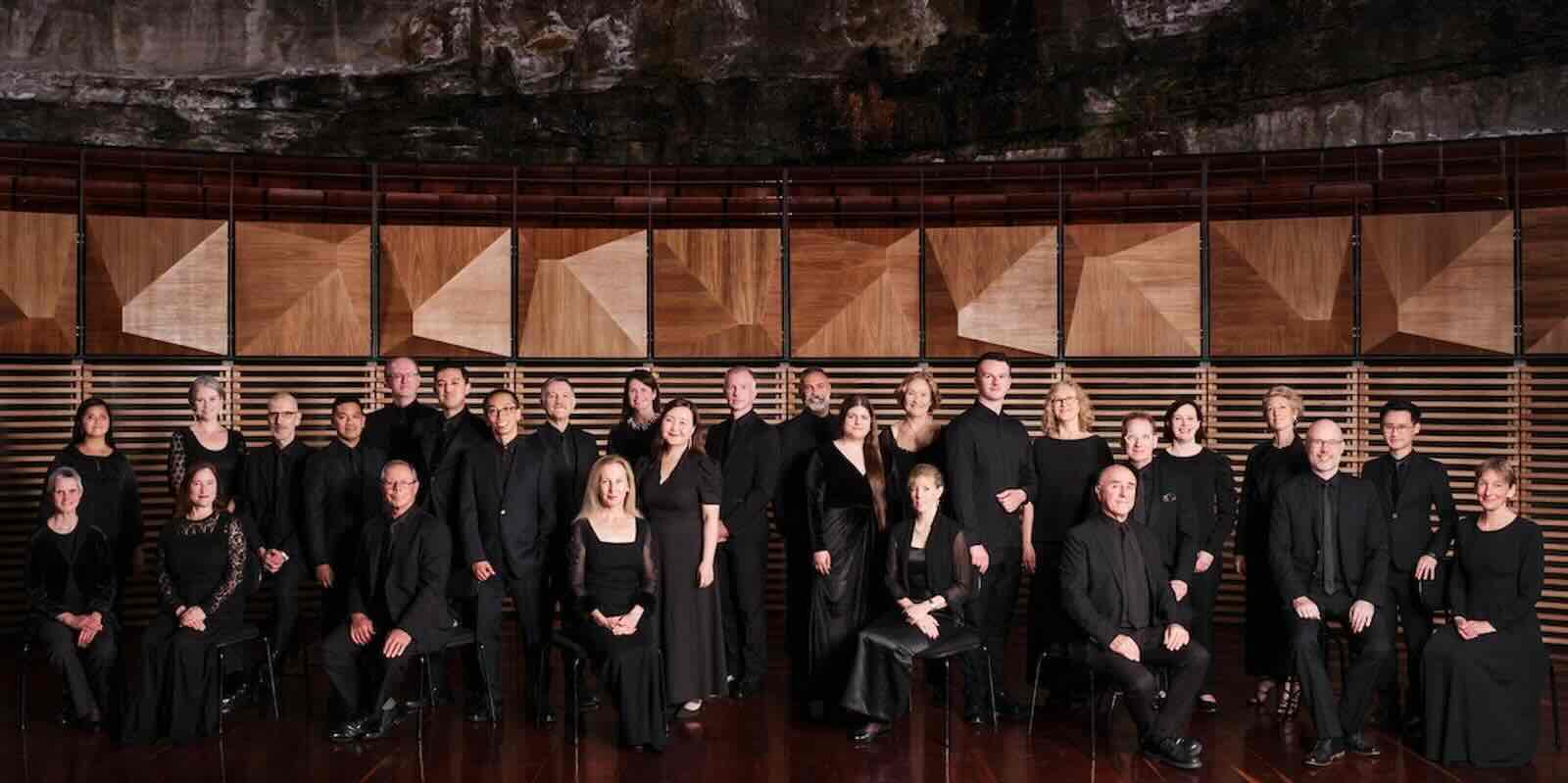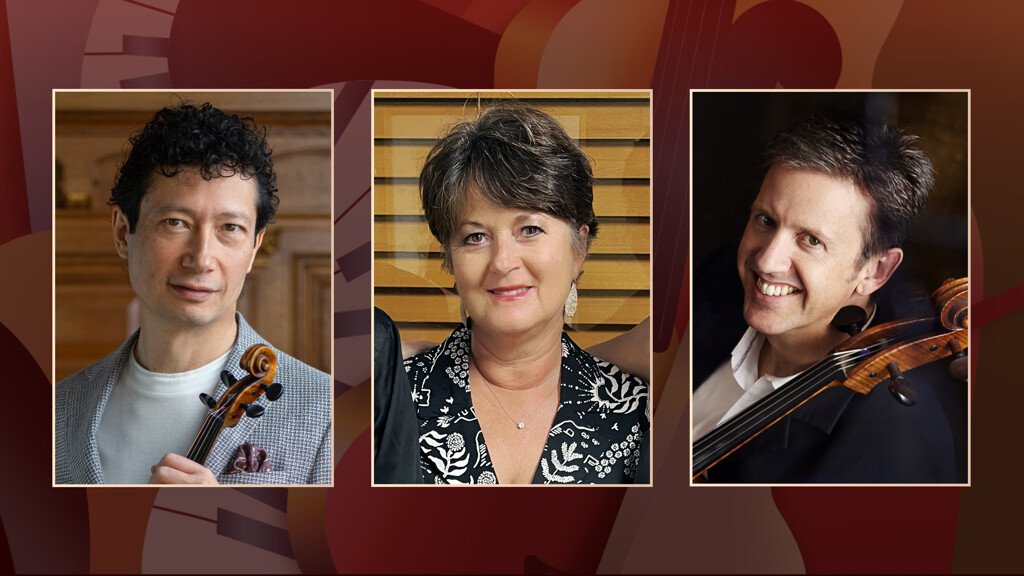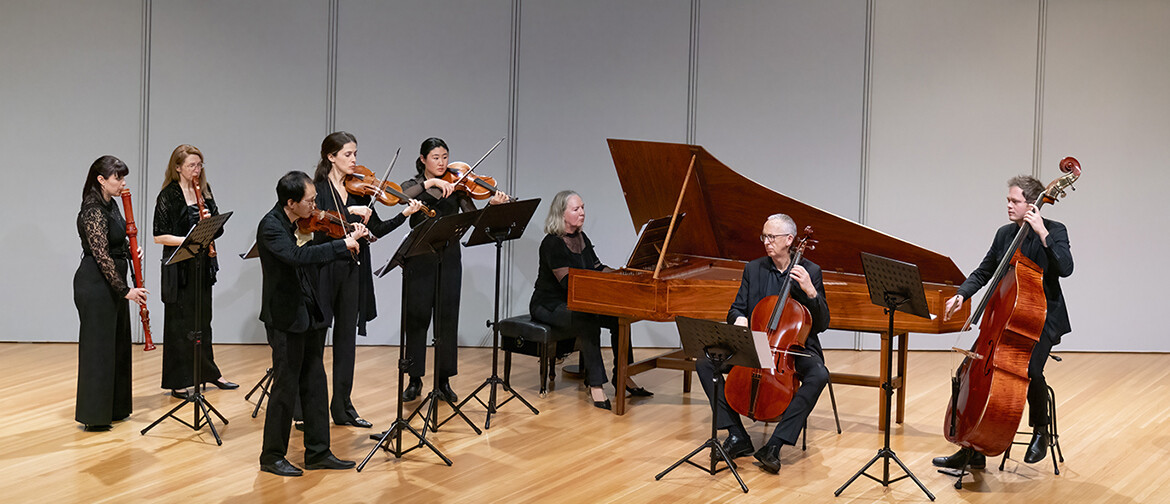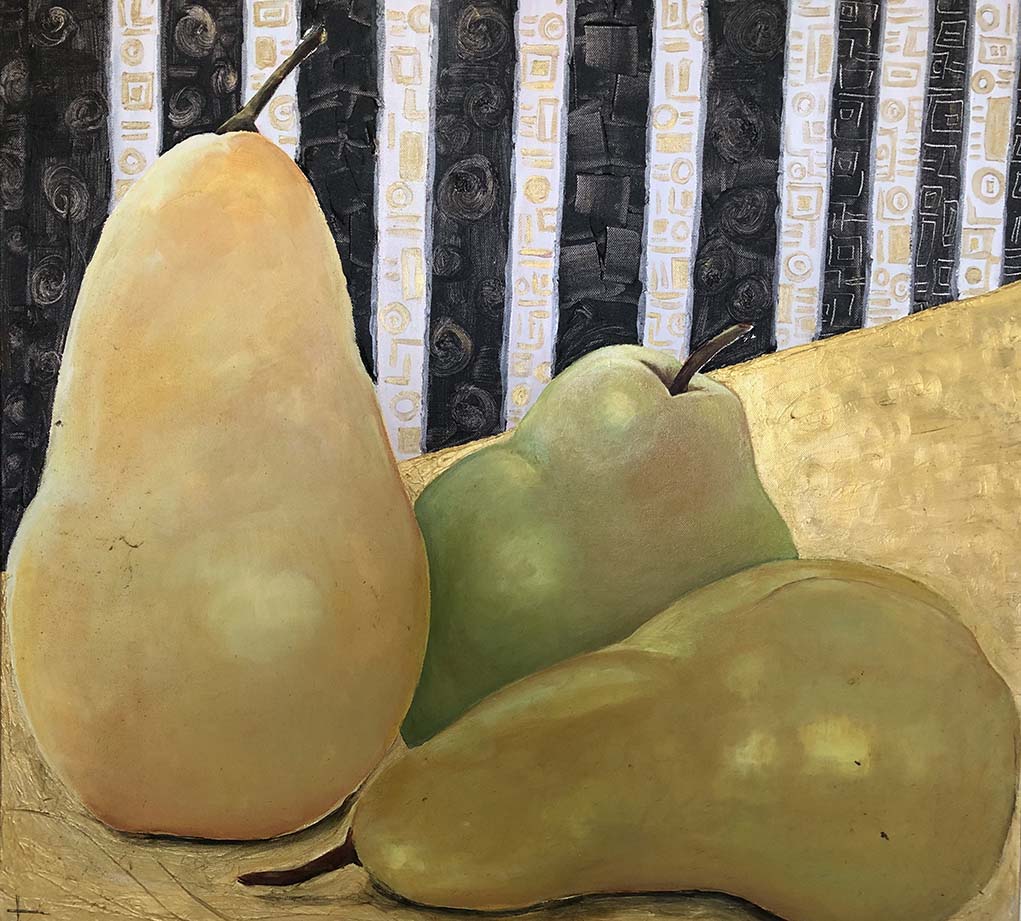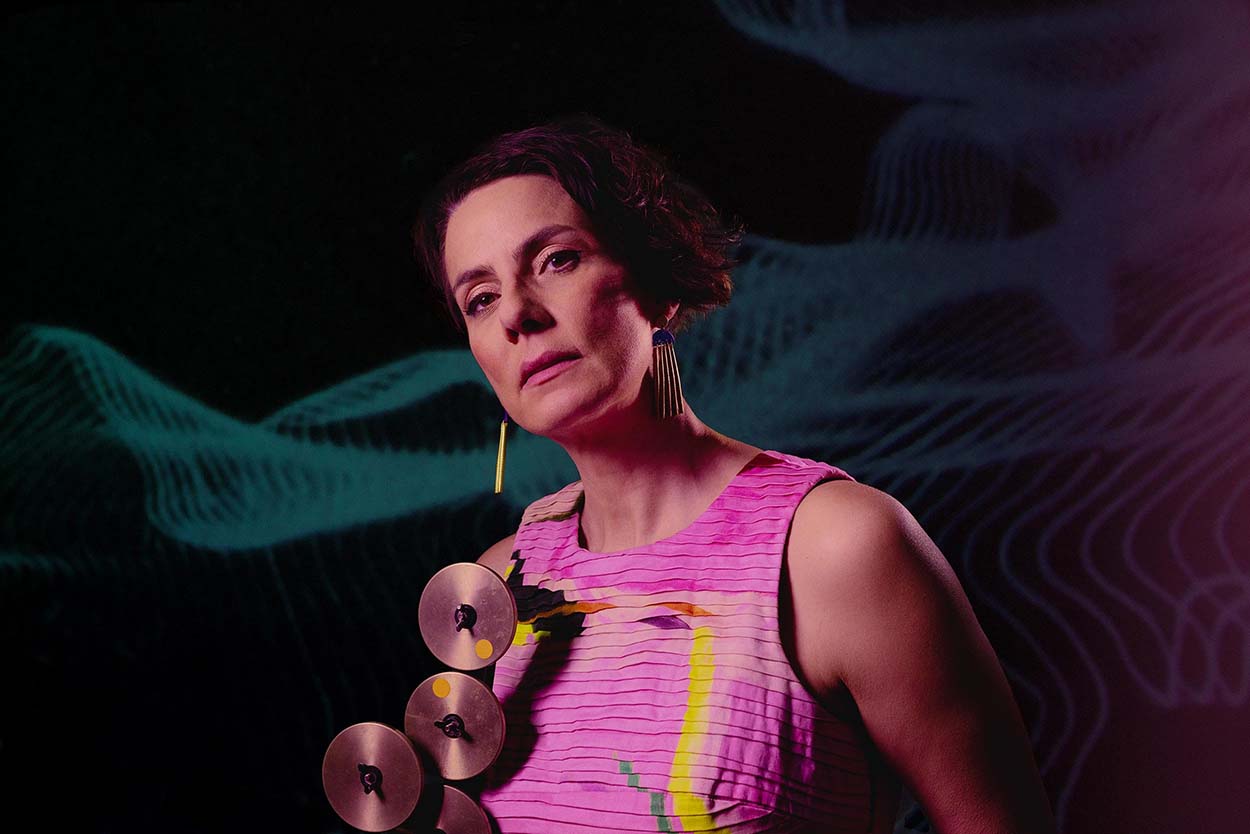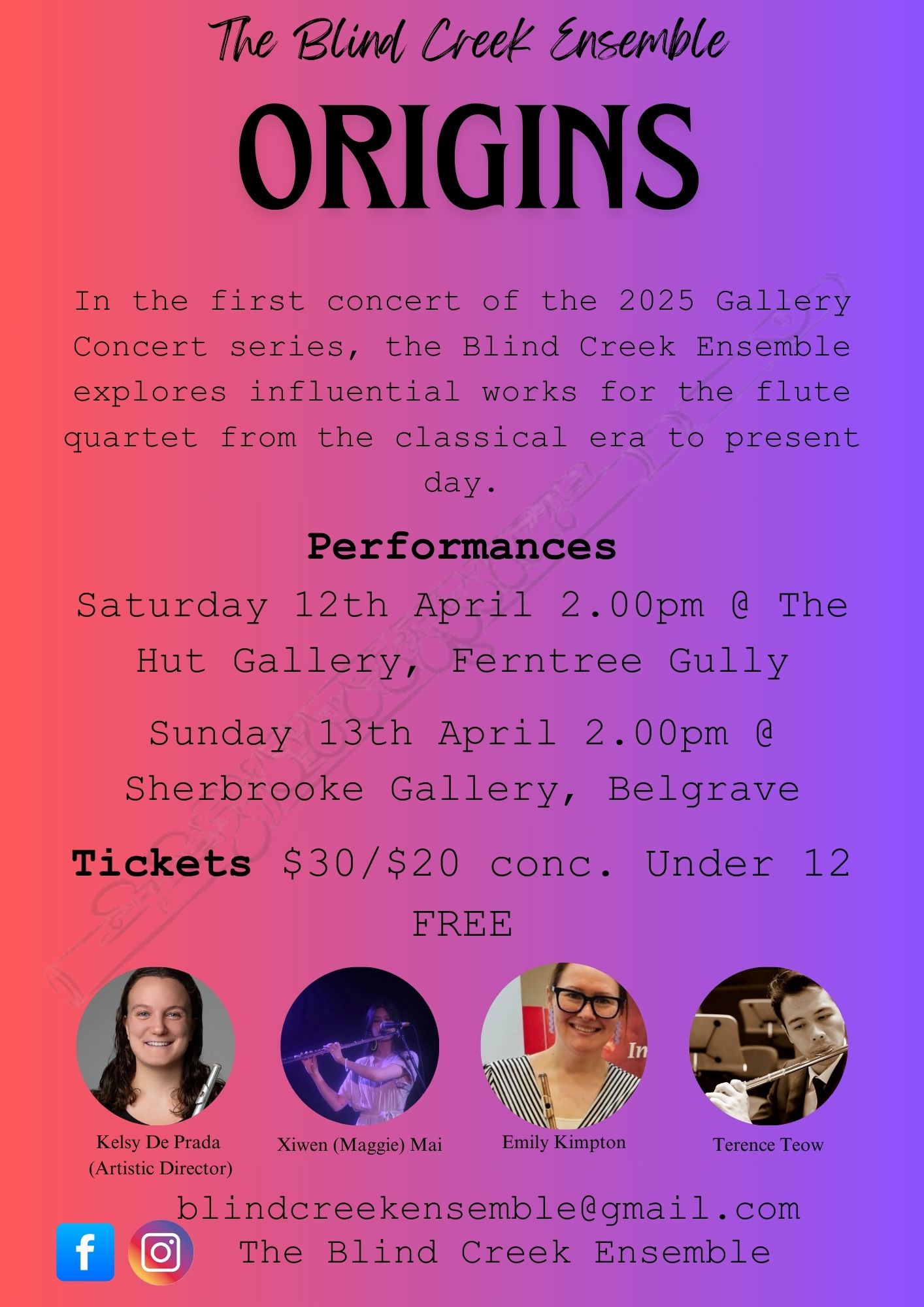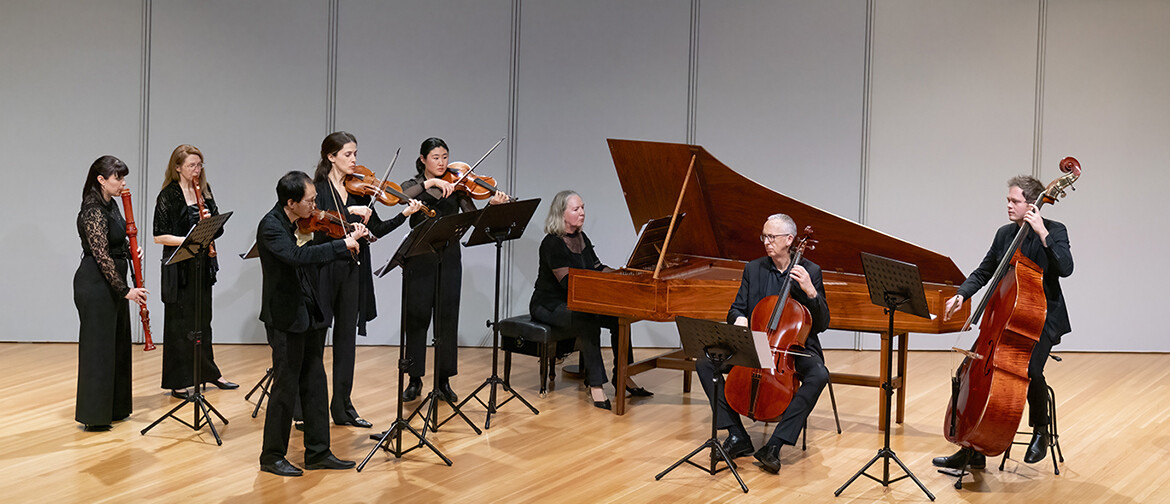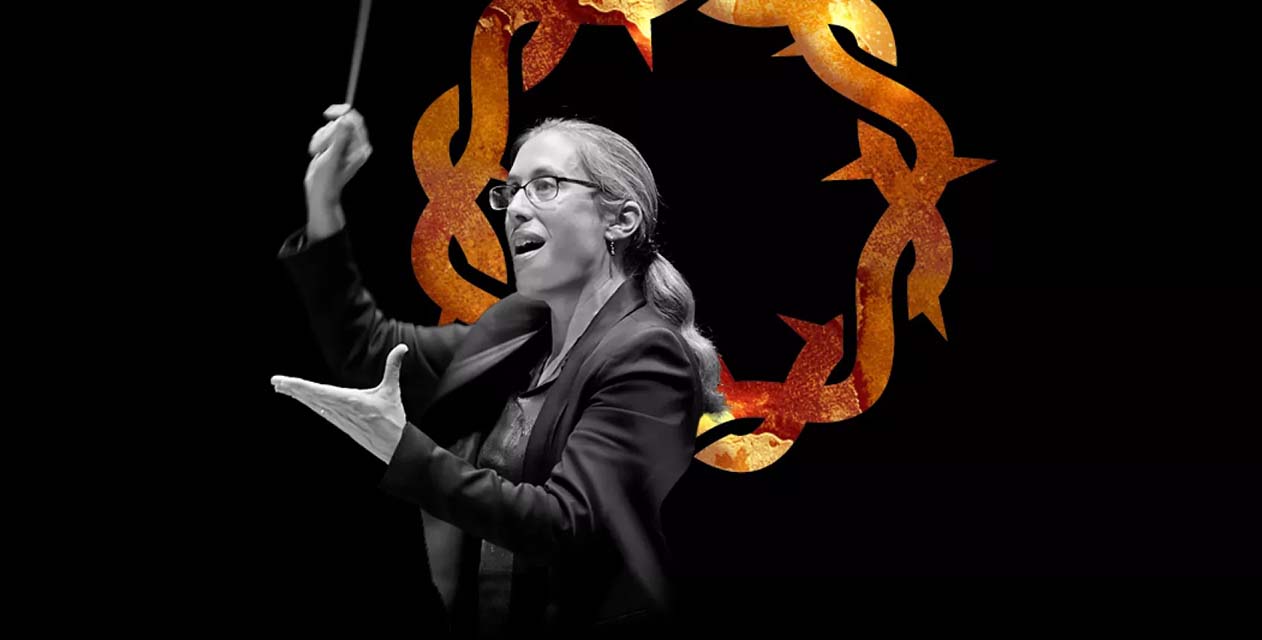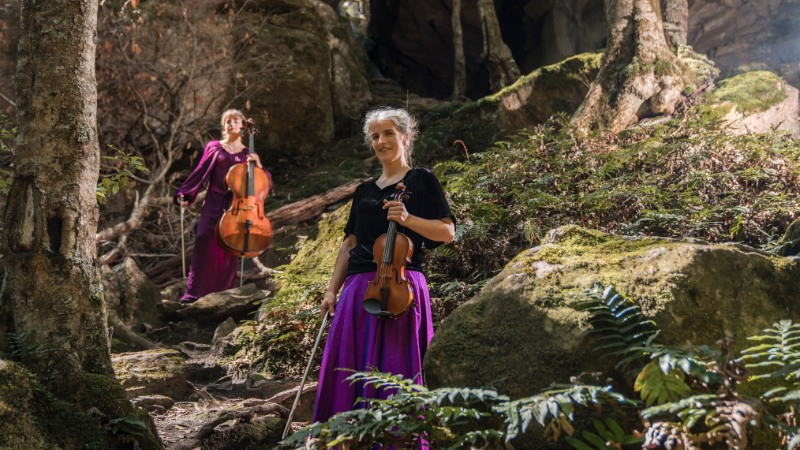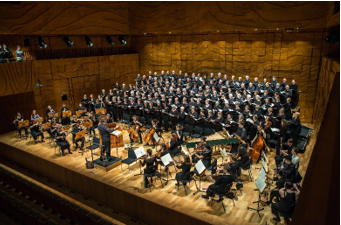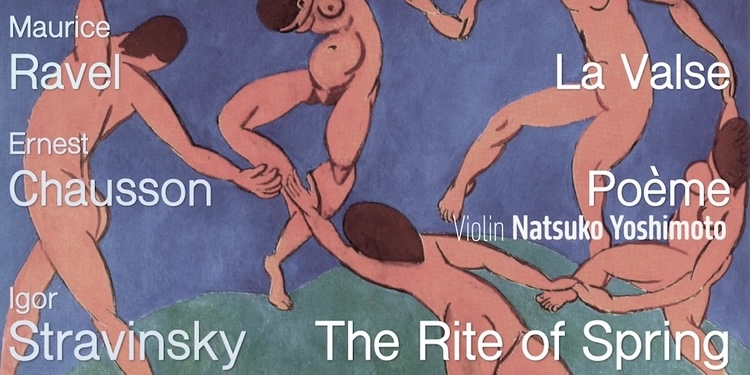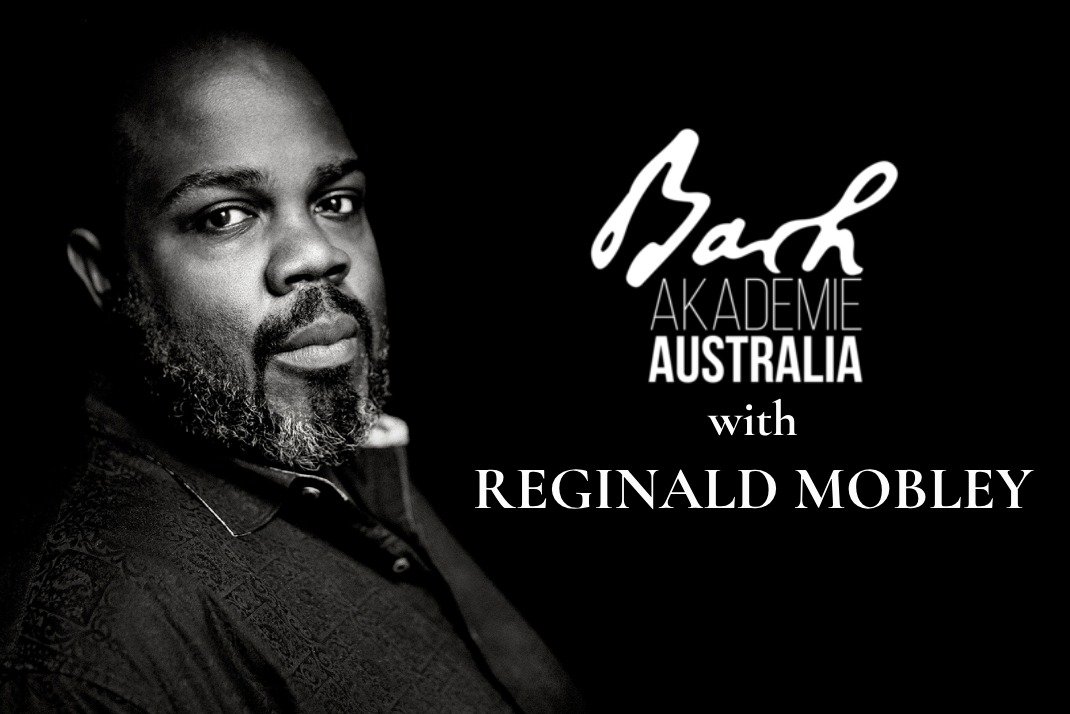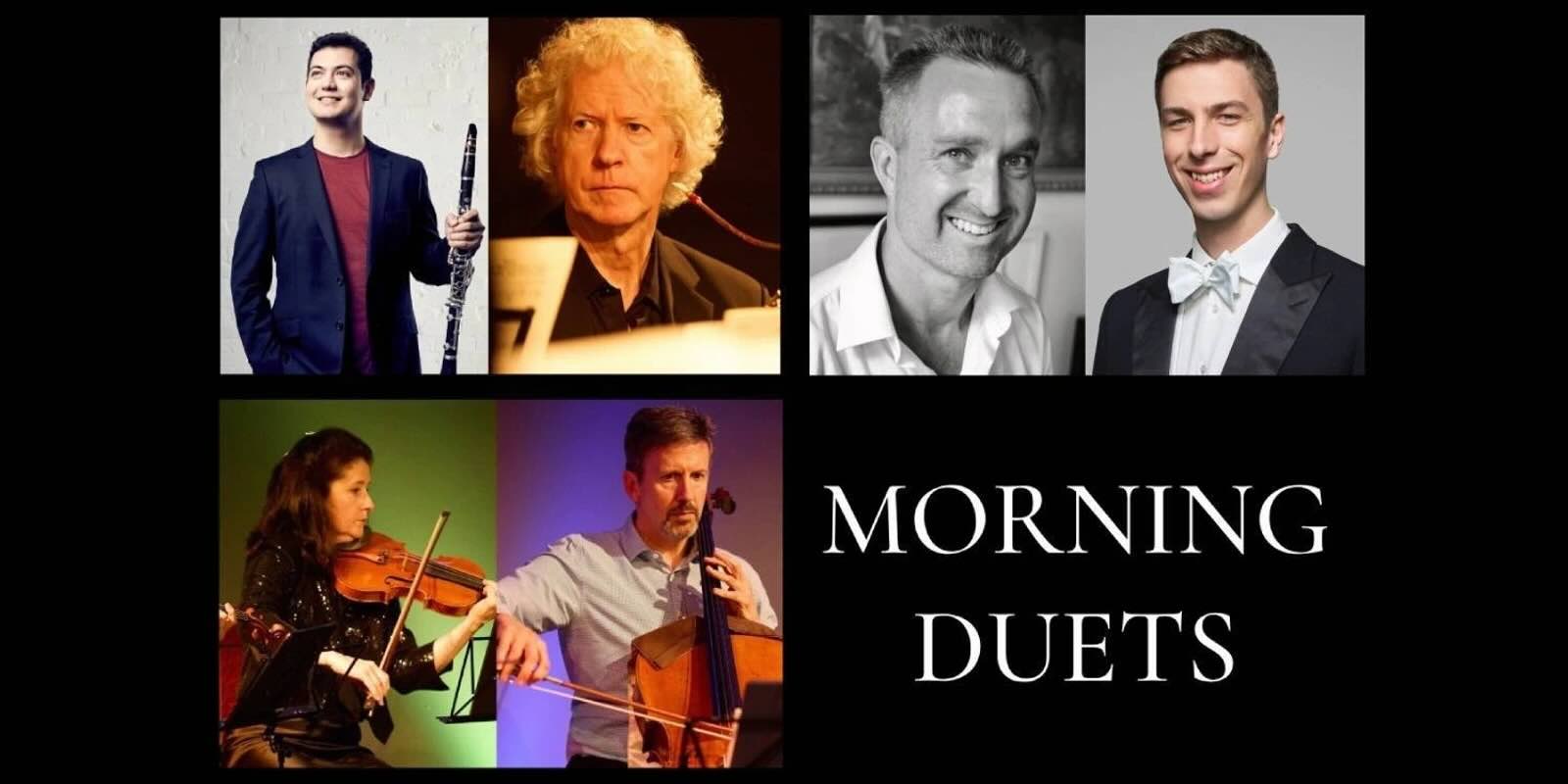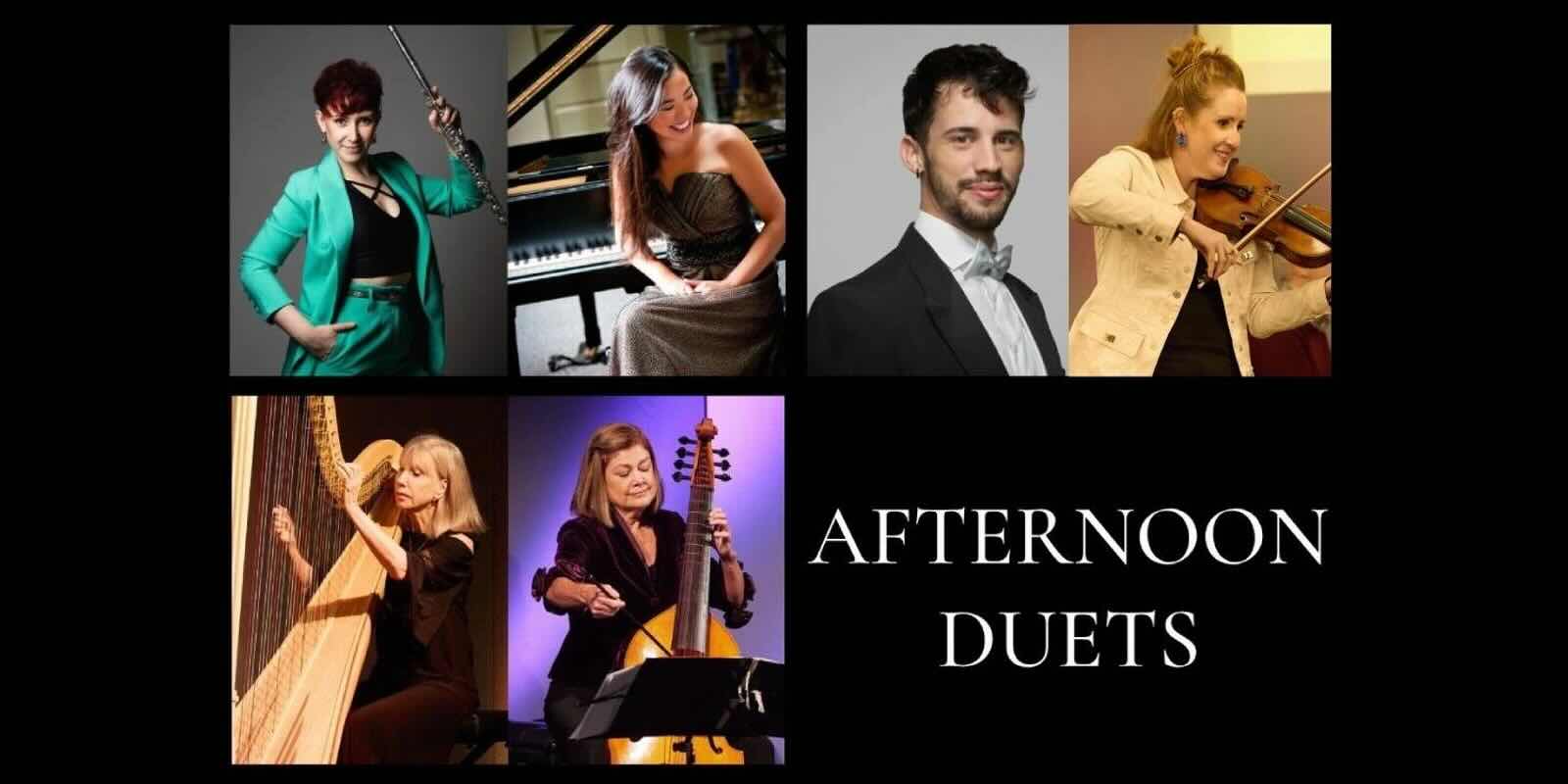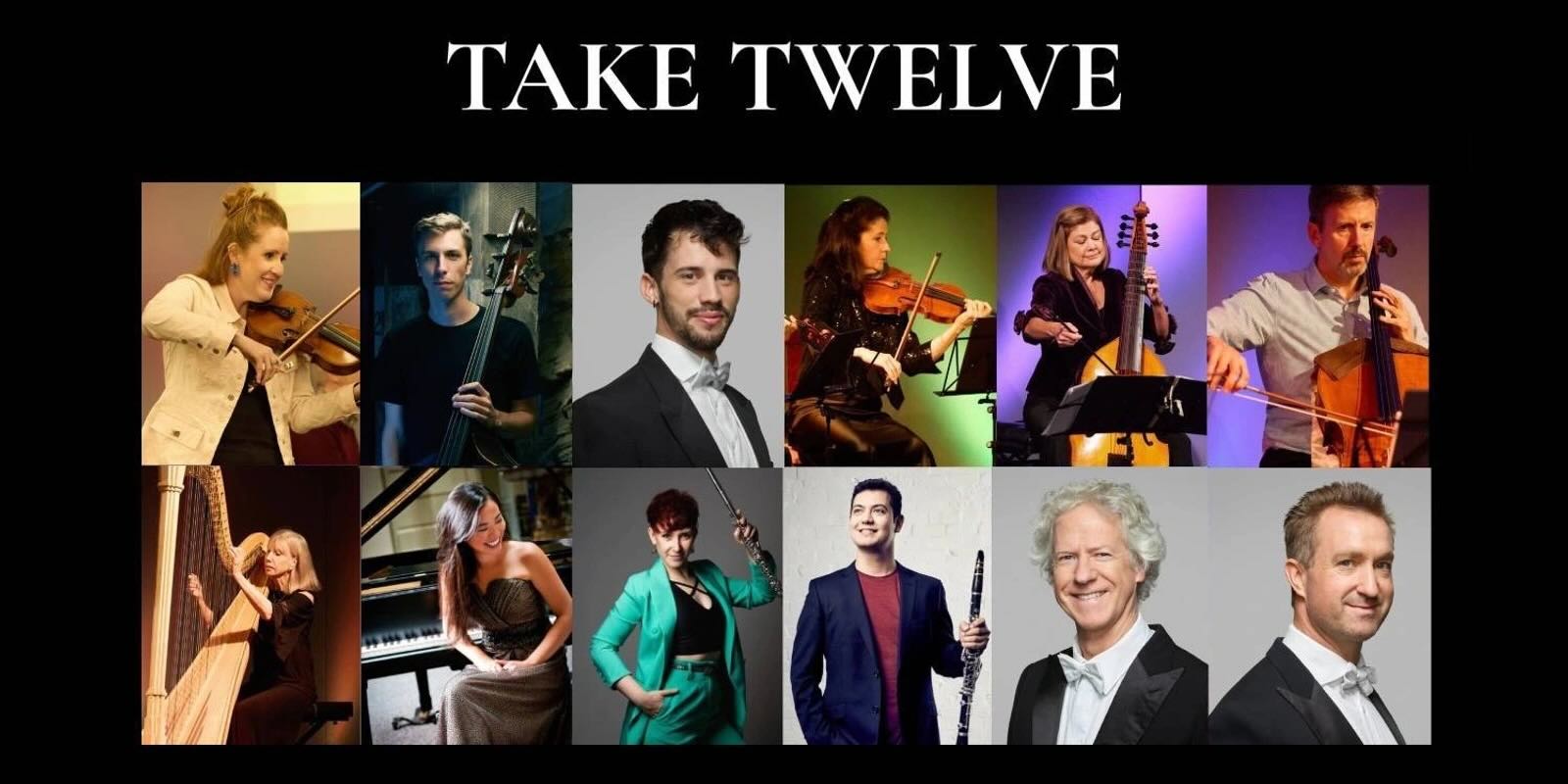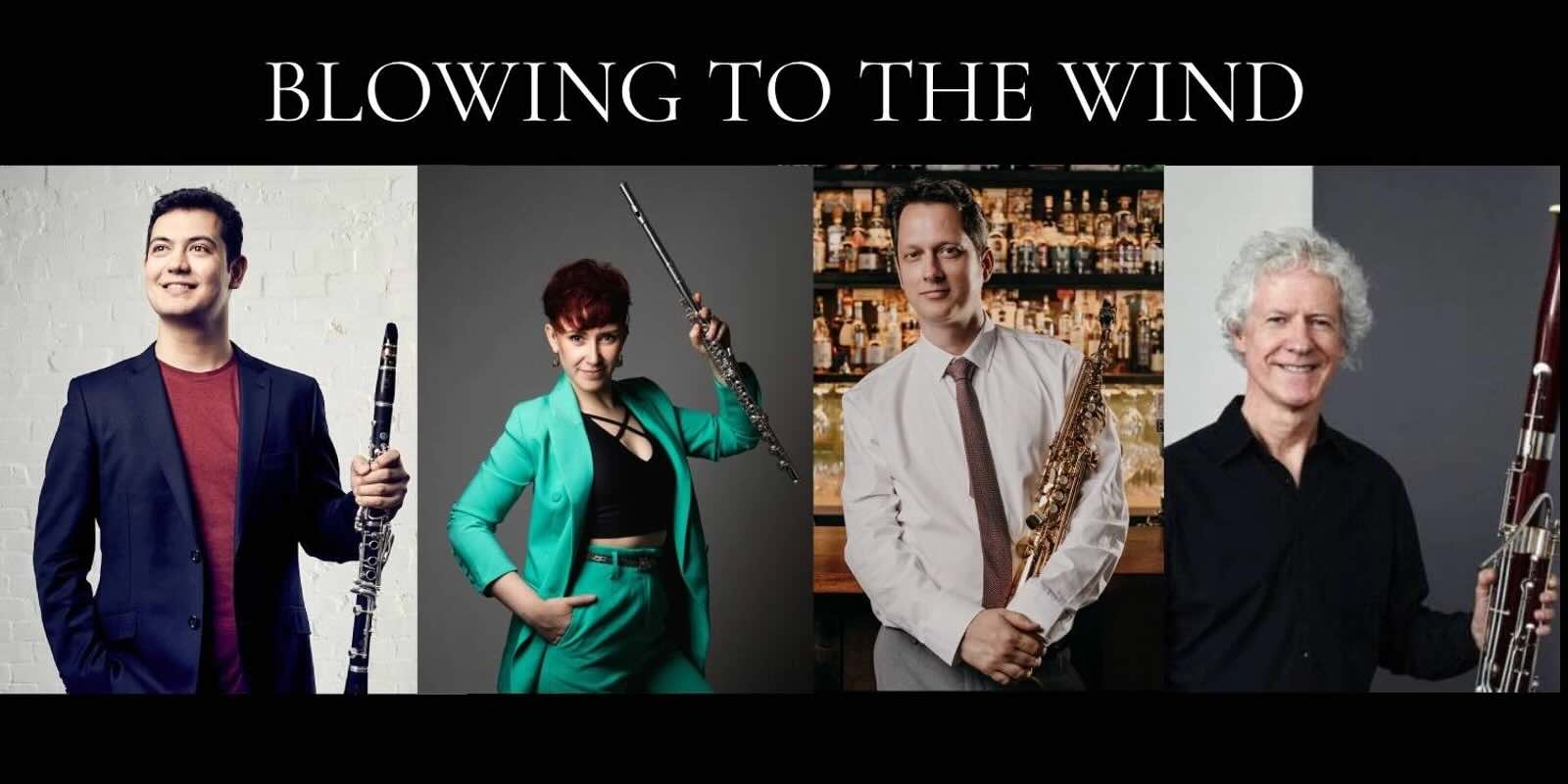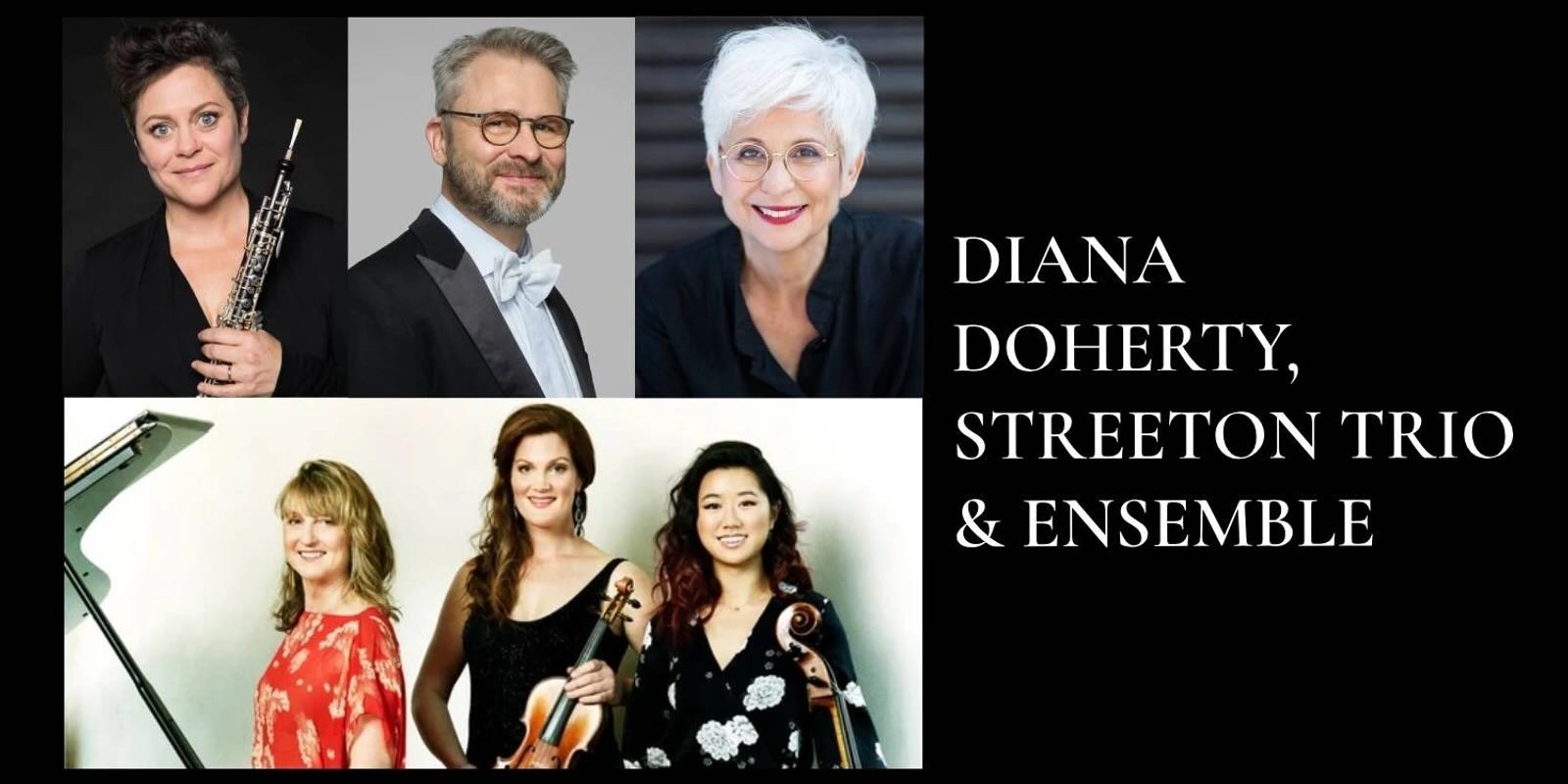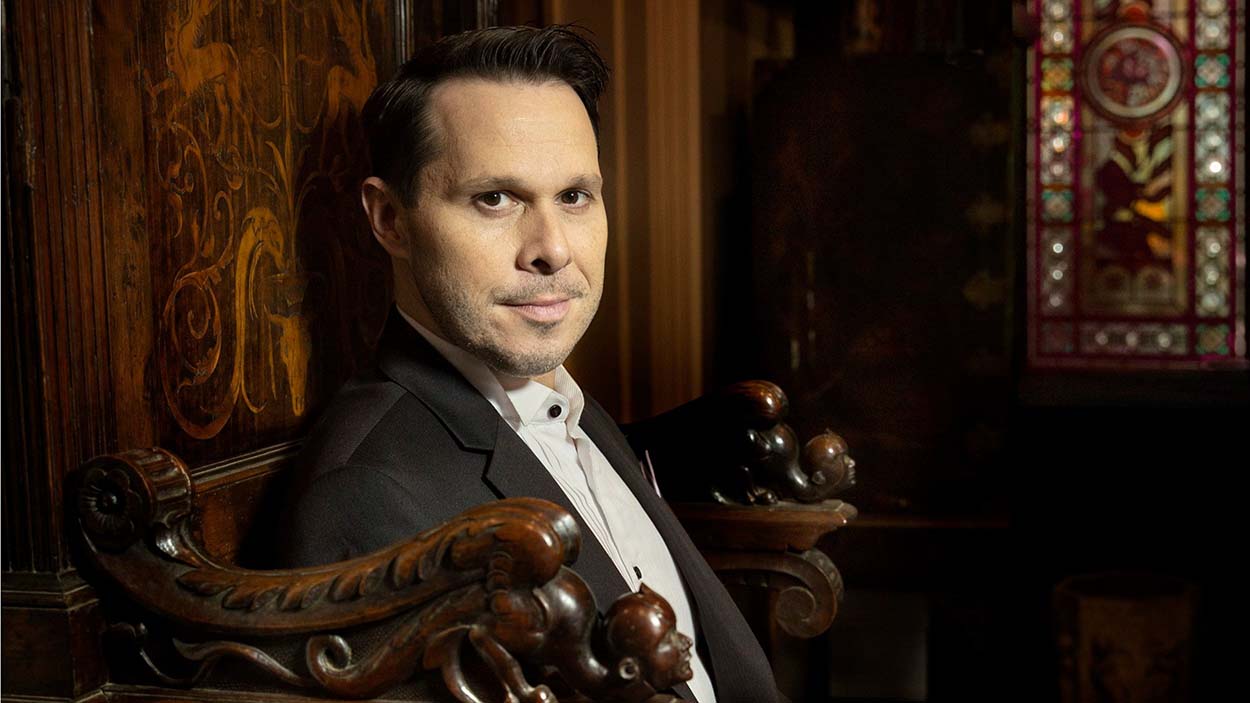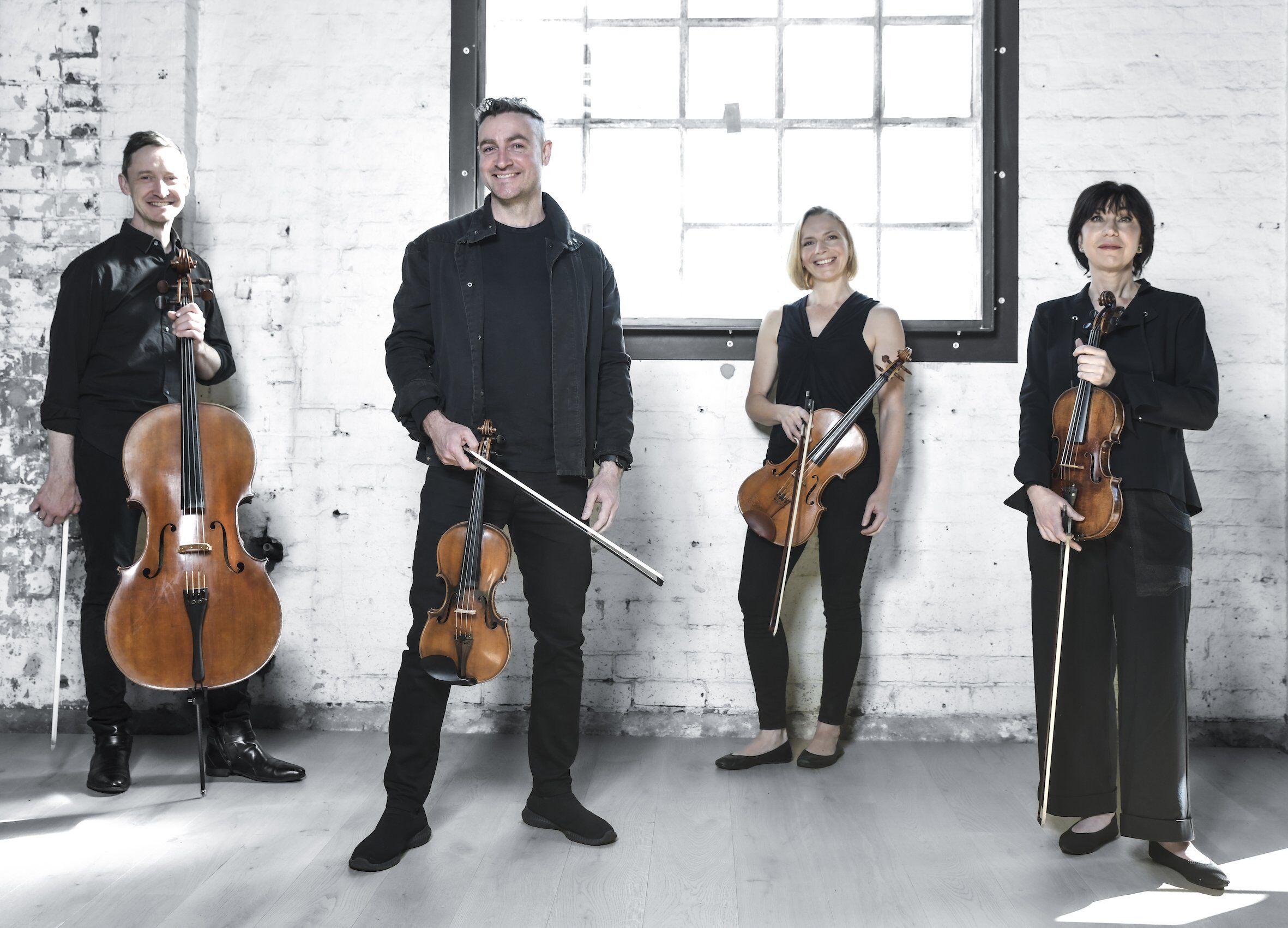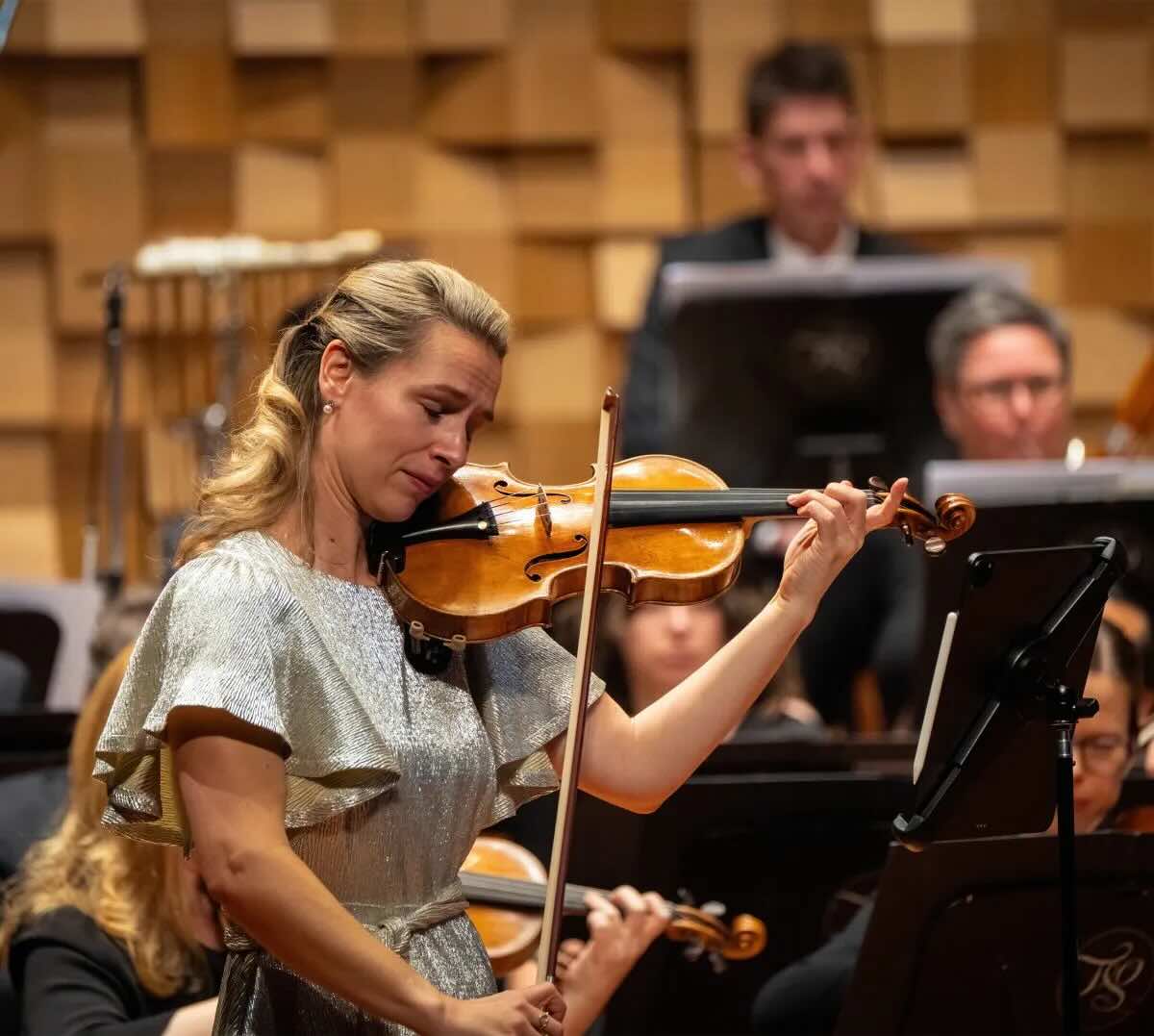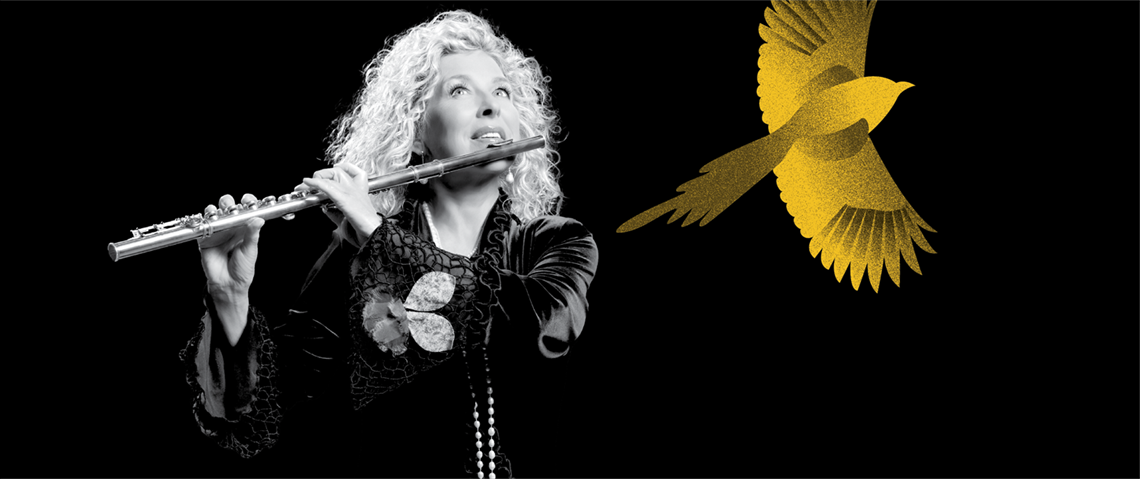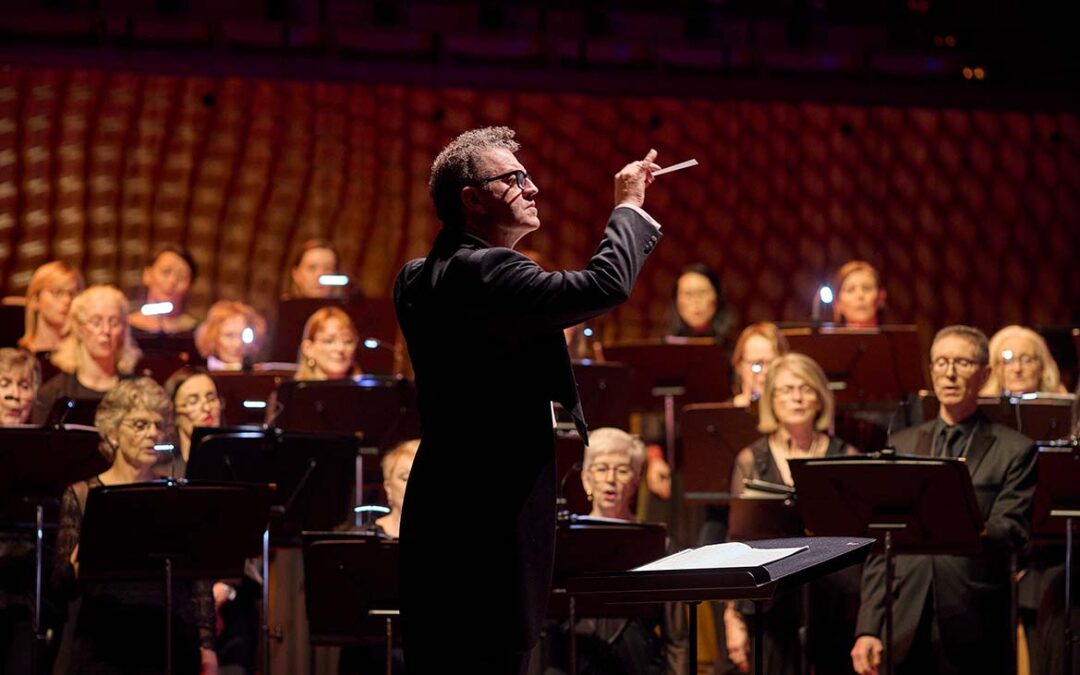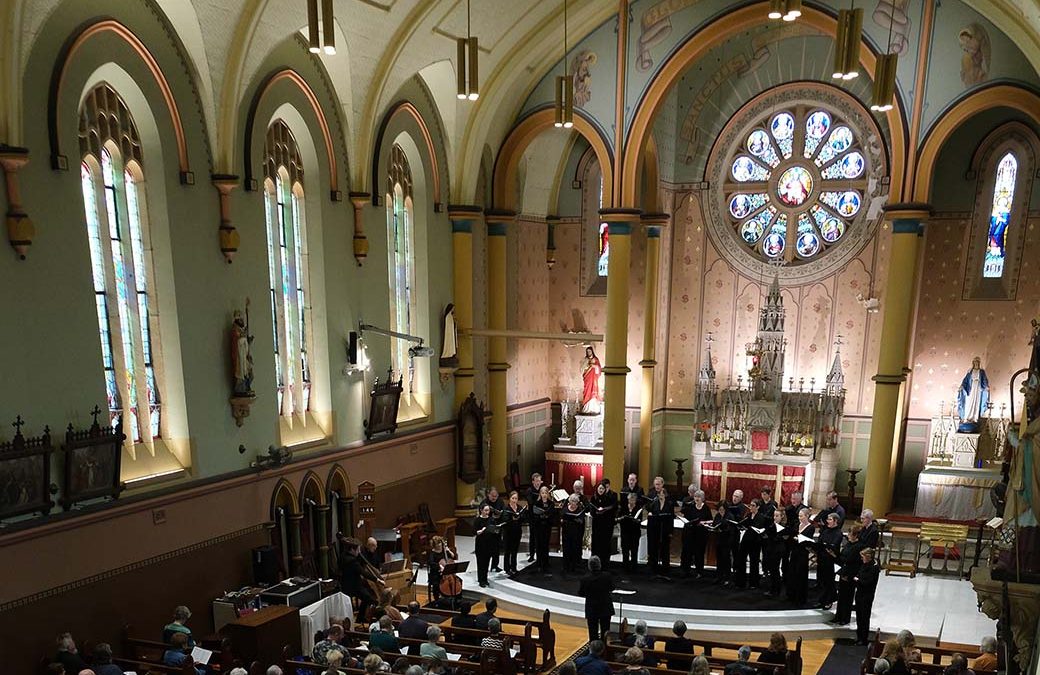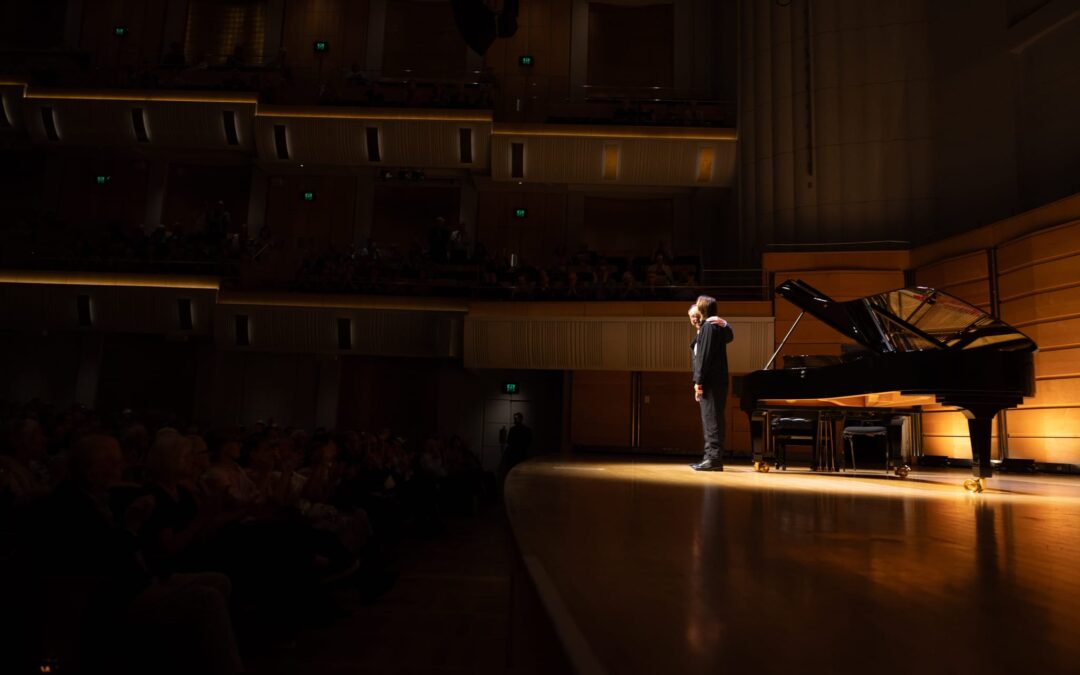Sydney Symphony Orchestra | Elgar’s Enigma Variations
October 26, 2024, Sydney Opera House, NSW
NICOLAS ELLIS conductor
NOBUYUKI TSUJII piano
It’s surprising that when one looks at the list of blind pianists over the years, the great majority have been primarily Jazz-orientated artists. In fact, blindness is not a huge handicap for a pianist. Many top pianists play to some extent by ear and Braille sheet music is extensive – what is more, it is widely thought that lack of sight produces an enhancement of other senses, in particular that of hearing as well as spatial orientation. So I made the decision to forget that Nobuyuki Tsujii was blind and judge his performance strictly on its merits and not to be prey to the “Helfgott effect”.
Rachmaninoff’s third piano concerto demands power, accuracy and concentration and “Nobu” showed them all in spades. His energy seemed to galvanise the audience and I think they were more breathless than the pianist. The many difficult cadenzas were handled with ease and gave rise to a superb exposition of a superb work. Nobu wasn’t allowed to leave without a cadenza and he showed how smoothly the famous left hand passages in Chopin’s ‘Revolutionary’ Study could be handled.
The concert opened with Bach’s Passacaglia and Fugue BWV 582 written for organ and arranged for full orchestra by Sir Andrew Davis, who was due to lead the SSO on his first visit to Australia before his untimely death in April.
Nicolas Ellis, a French Canadian stepped into the role. He has an impressive CV conducting many Canadian and European orchestras with being the recipient of the Prix Goyer Mécénat in 2021. His enthusiastic direction was particularly important in this interpretation in a work with twenty variations on a ground bass developing into an impressive fugue.
Edward Elgar was born in an age where he had several disadvantages- relative poverty, Roman Catholicism (yes a stigma even them) and an upbringing and a non-academic background only mildly focused on Music – this came to a head when his wife-to-be’s father decried him on this basis. It was his wife Alice however who gave him great encouragement as a composer, he, up to his marriage, was only vaguely known in musical circles in England and not at all in Europe. The story is often told that it was Alice who heard him playing a new theme on the piano and said how much she loved the tune and encouraged him to write variations on it – to dedicate each variation to a friend or family member was of course Elgar’s own piece of brilliancy. This work enabled the composer to emerge from a slump, encouraged not only by Alice but also by Augustus Jaeger, aka “Nimrod” of the most famous theme, who reminded him of how Beethoven had risen from a similar low to compose his best music.
It is certainly no wonder that the “Enigma” variations achieved such wide acclaim. It is a brilliant set of variations on an original theme and was brought to vivid life by Nicolas Ellis and the flawless playing of the SSO. So again, what was the origin of the basic theme to which Elgar himself applied the term “Enigma”? Auld Lang Syne, Home Sweet Home, Twinkle, twinkle little star, the Adagio of the Pathetique Sonata – all have been proposed but Elgar carried the secret with him to his grave!



